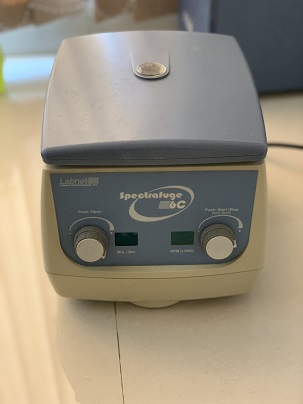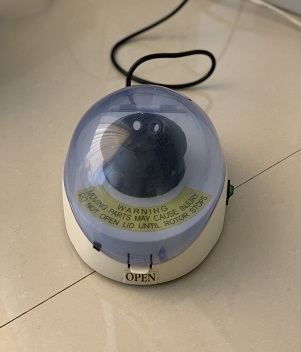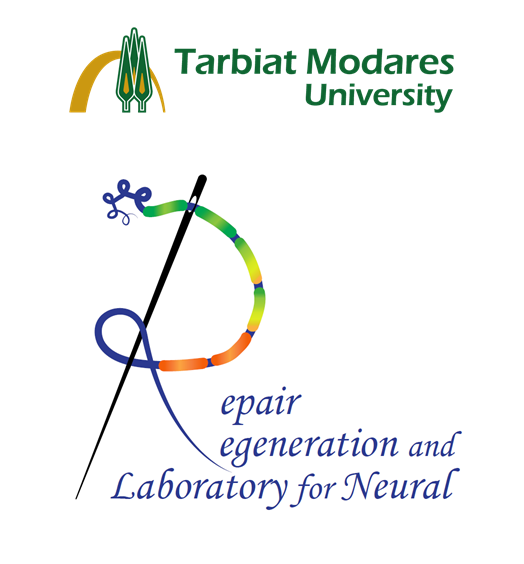Real-time PCR device
A real-time polymerase chain reaction (real-time PCR), also known as quantitative polymerase chain reaction (qPCR), is a laboratory technique of molecular biology based on the polymerase chain reaction (PCR). It monitors the amplification of a targeted DNA molecule during the PCR (i.e., in real-time), not at its end, as in conventional PCR. Real-time PCR can be used quantitatively (quantitative real-time PCR) and semi-quantitatively (i.e., above/below a certain amount of DNA molecules) (semi-quantitative real-time PCR).
PCR machine
The PCR machine (also known as a thermocycler or DNA amplifier) is a laboratory apparatus most commonly used to amplify segments of DNA via the polymerase chain reaction (PCR). Thermal cyclers may also be used in laboratories to facilitate other temperature-sensitive reactions, including restriction enzyme digestion or rapid diagnostics. The device has a thermal block with holes where tubes holding the reaction mixtures can be inserted. The cycler then raises and lowers the temperature of the block in discrete, pre-programmed steps.
Nanodrop
The NanoDrop Spectrophotometer from NanoDrop Technologies is designed for measuring nucleic acid concentrations in sample volumes of one microliter. The key to this advanced spectrophotometer is its unique sample retention technology that overcomes the need for cuvettes when taking measurements. This is accomplished by placing the sample directly on top of the detection surface and using the surface tension to create a column between the ends of optical fibers. Thus the measurement optical path is formed.

Centrifuge
Centrifuges are used mostly in science. In this application, centrifugal force the force from spinning that moves things away from the center separates liquids that have different weights. For example, a centrifuge is used to separate blood cells from plasma cells.

Laminar airflow
Laminar airflow is used to separate volumes of air, or prevent airborne contaminants from entering an area. Laminar flow hoods are used to exclude contaminants from sensitive processes in science, electronics and medicine.

